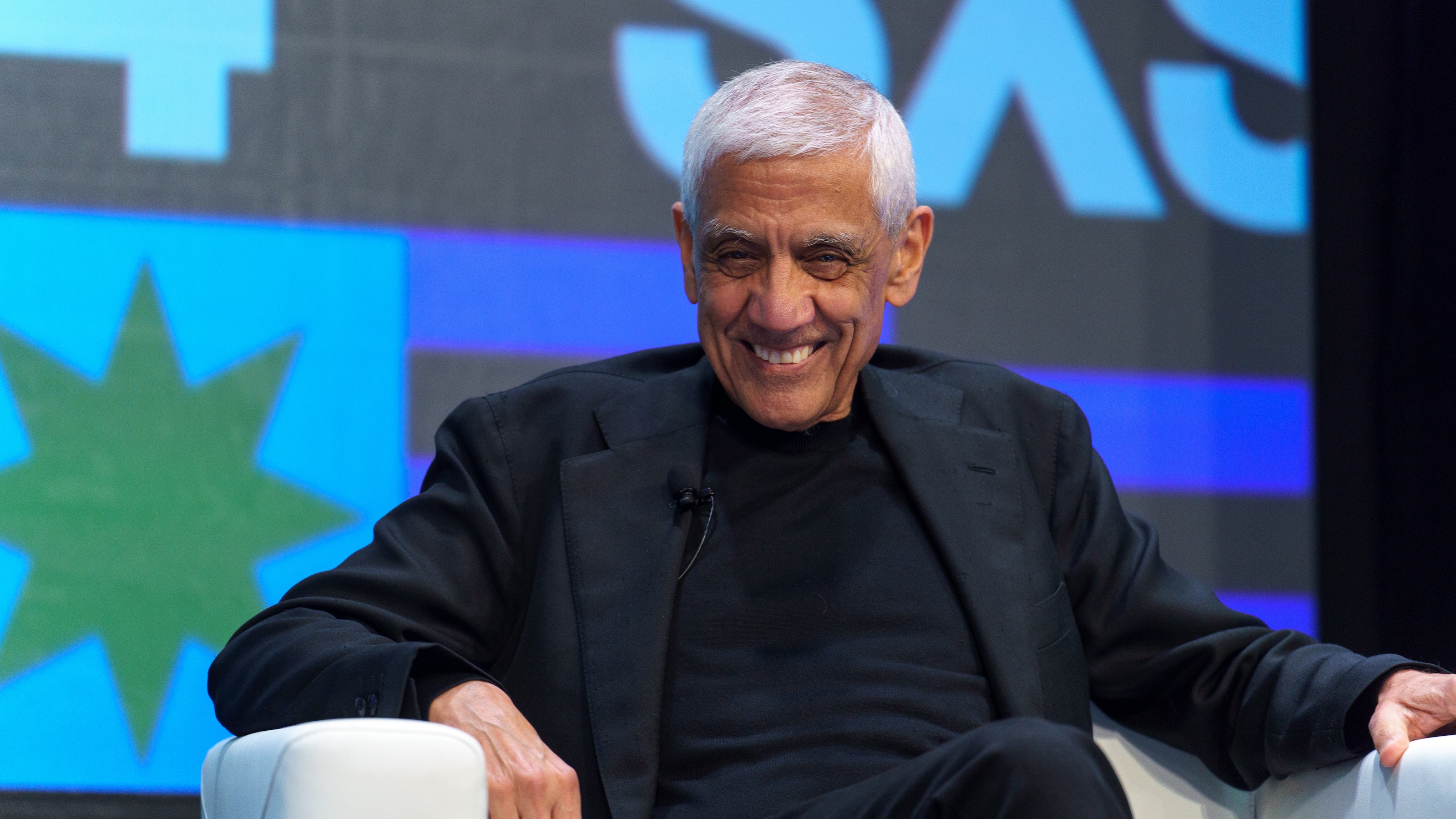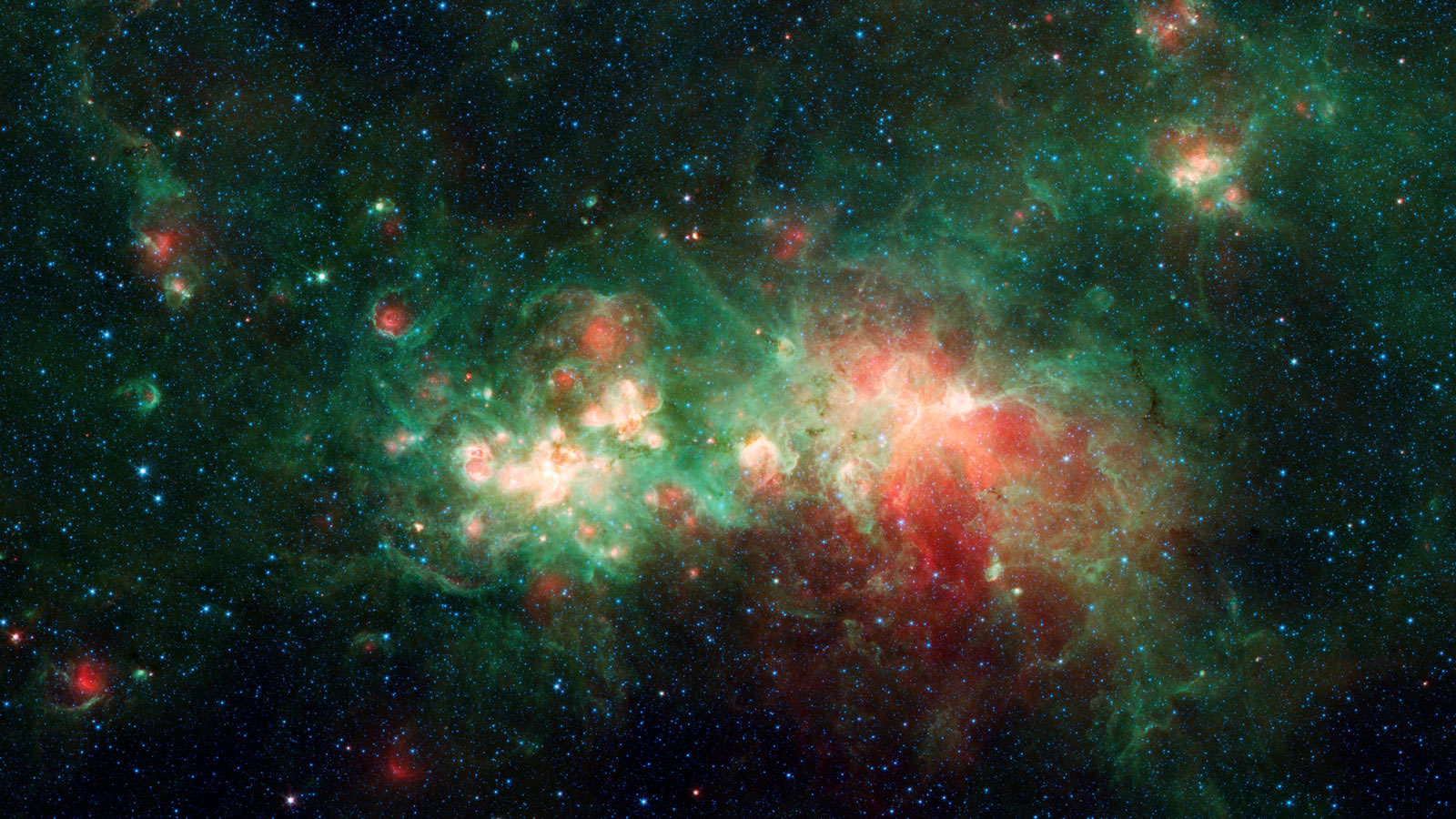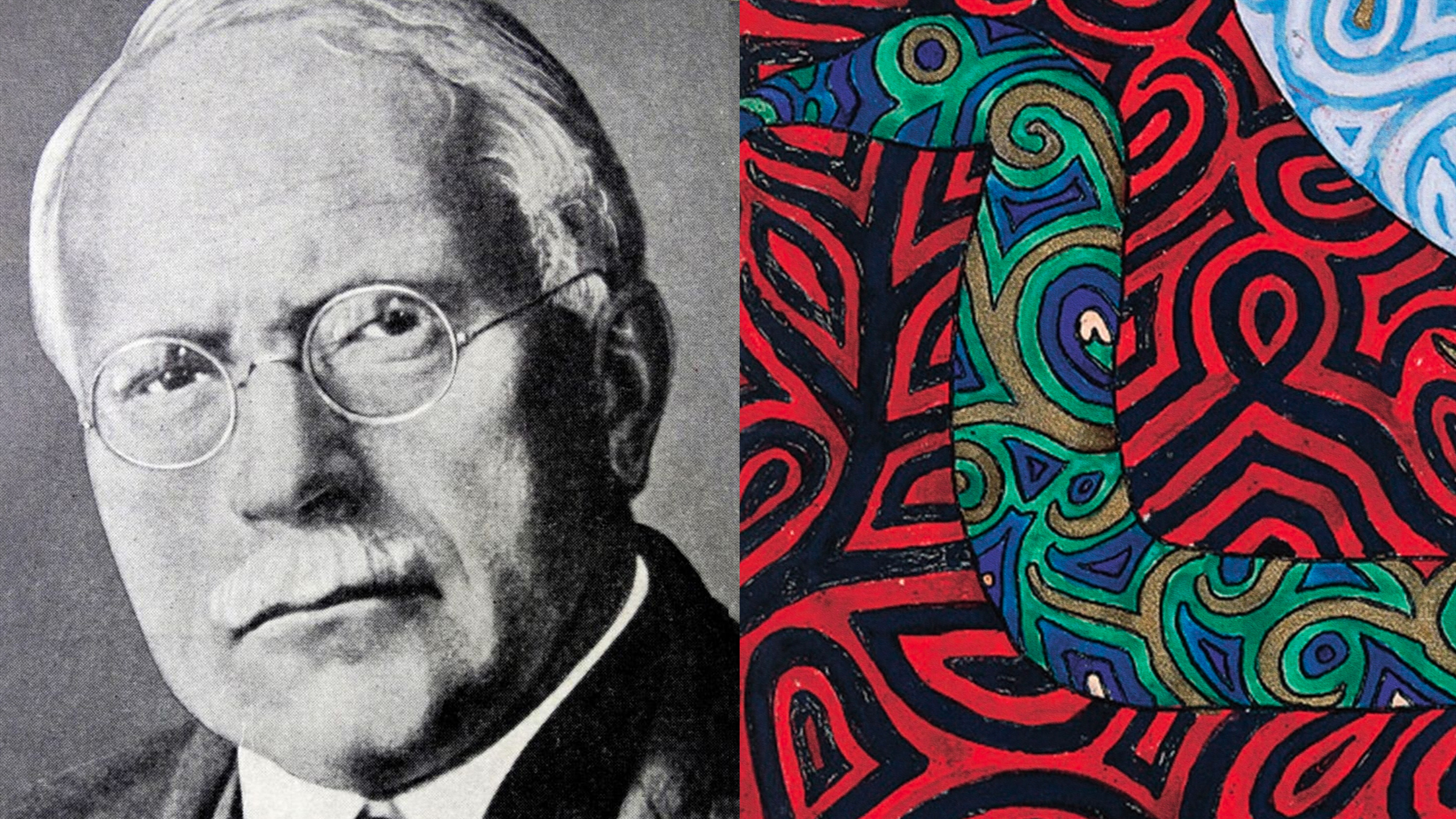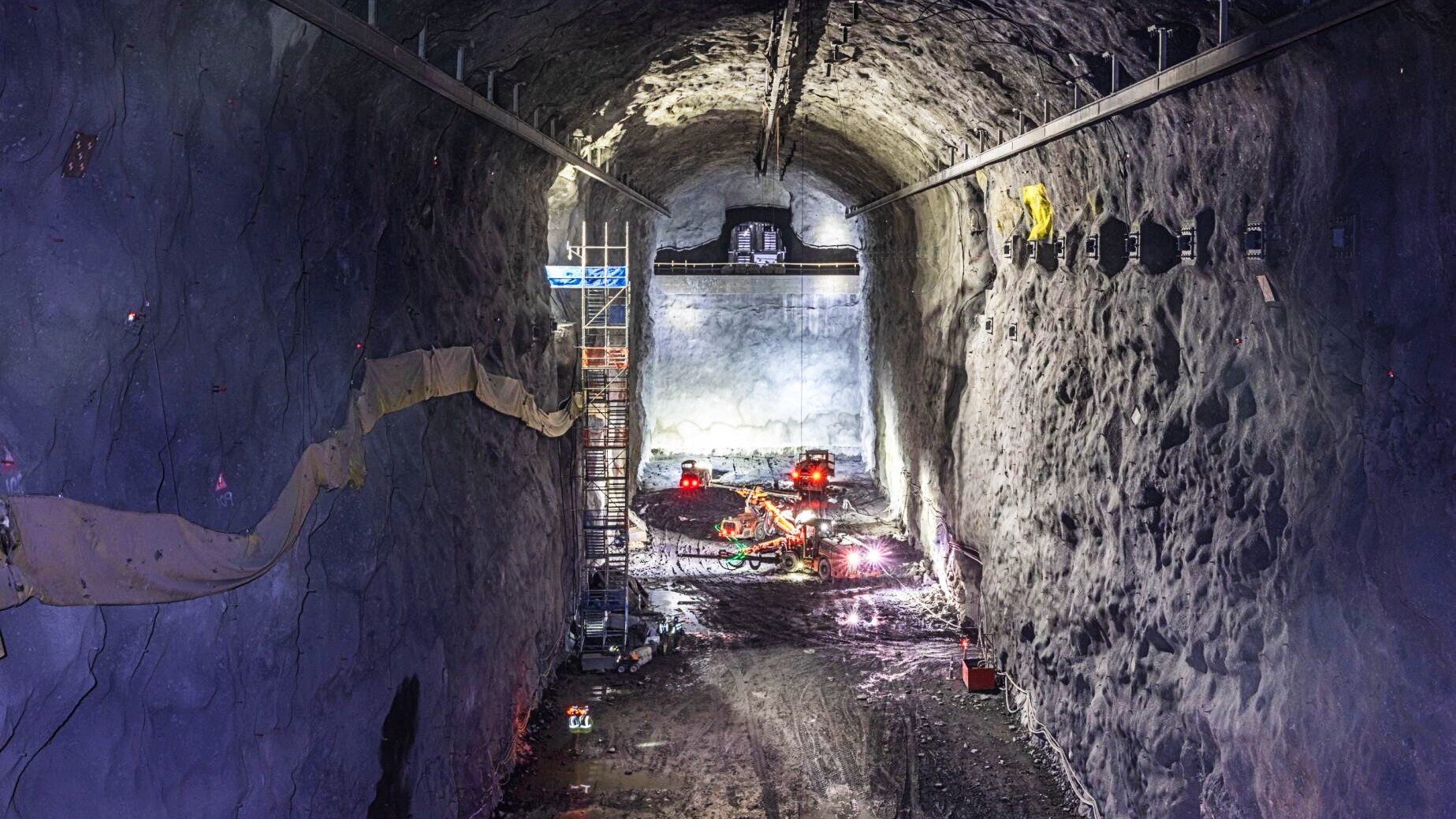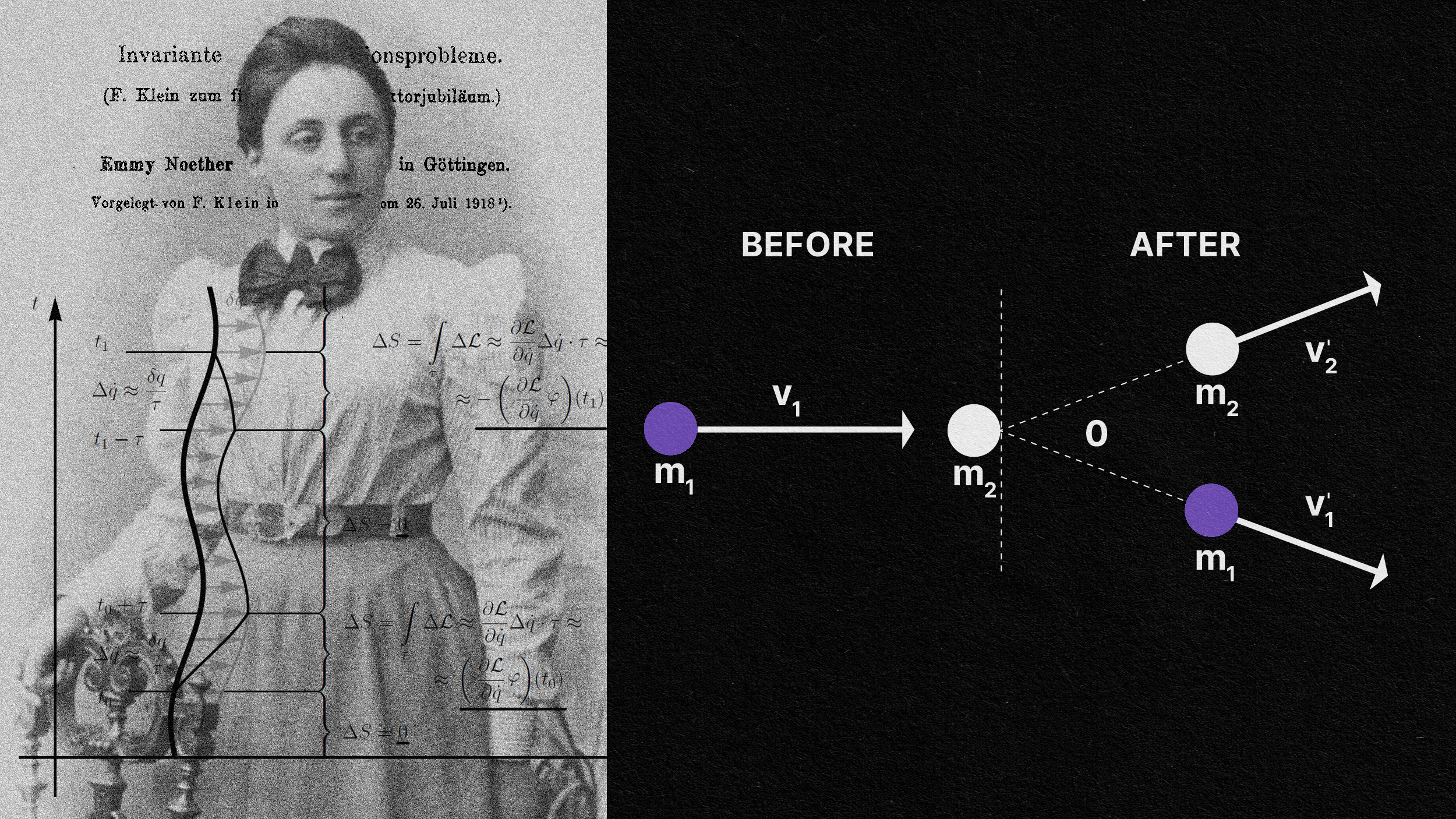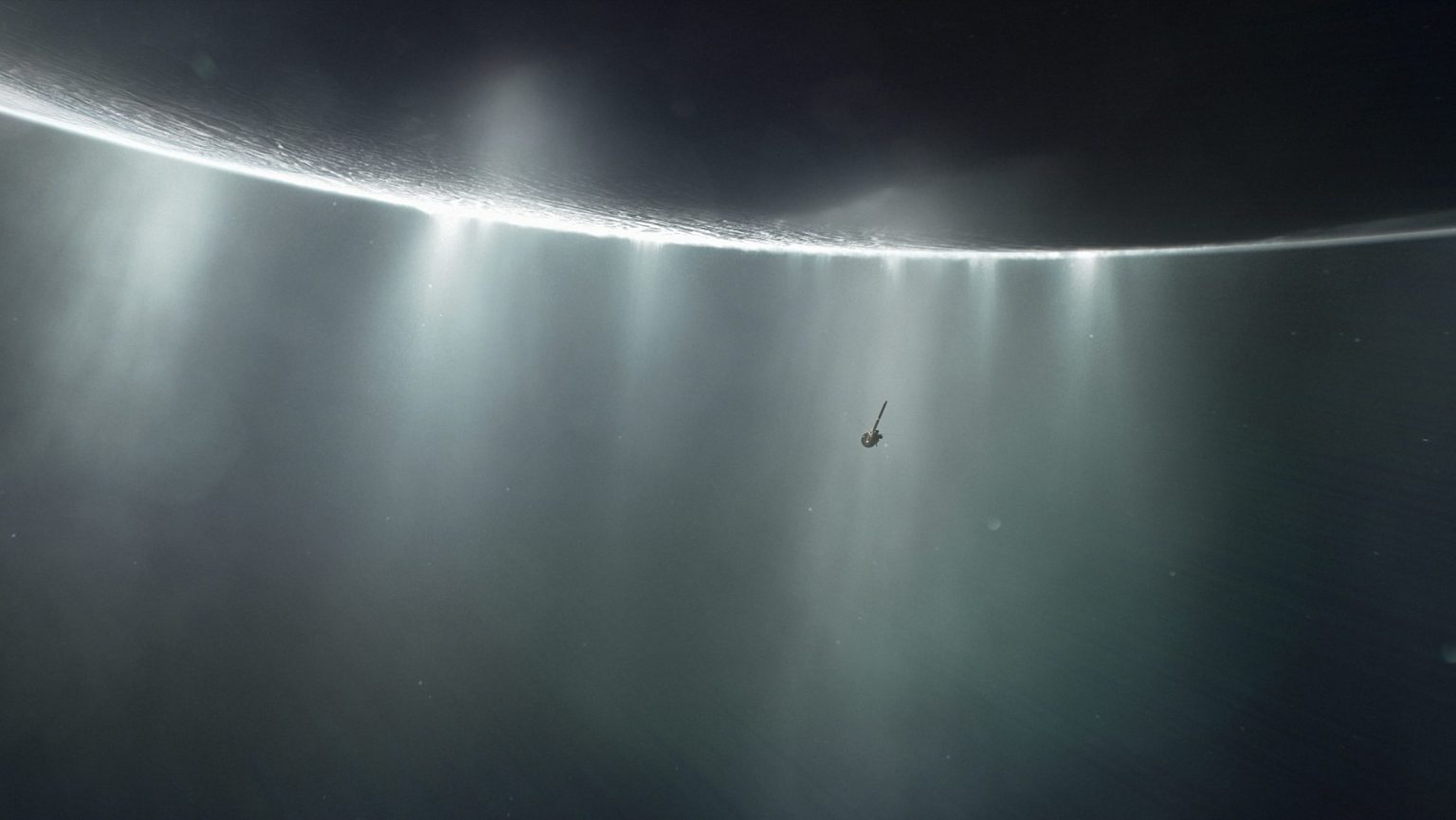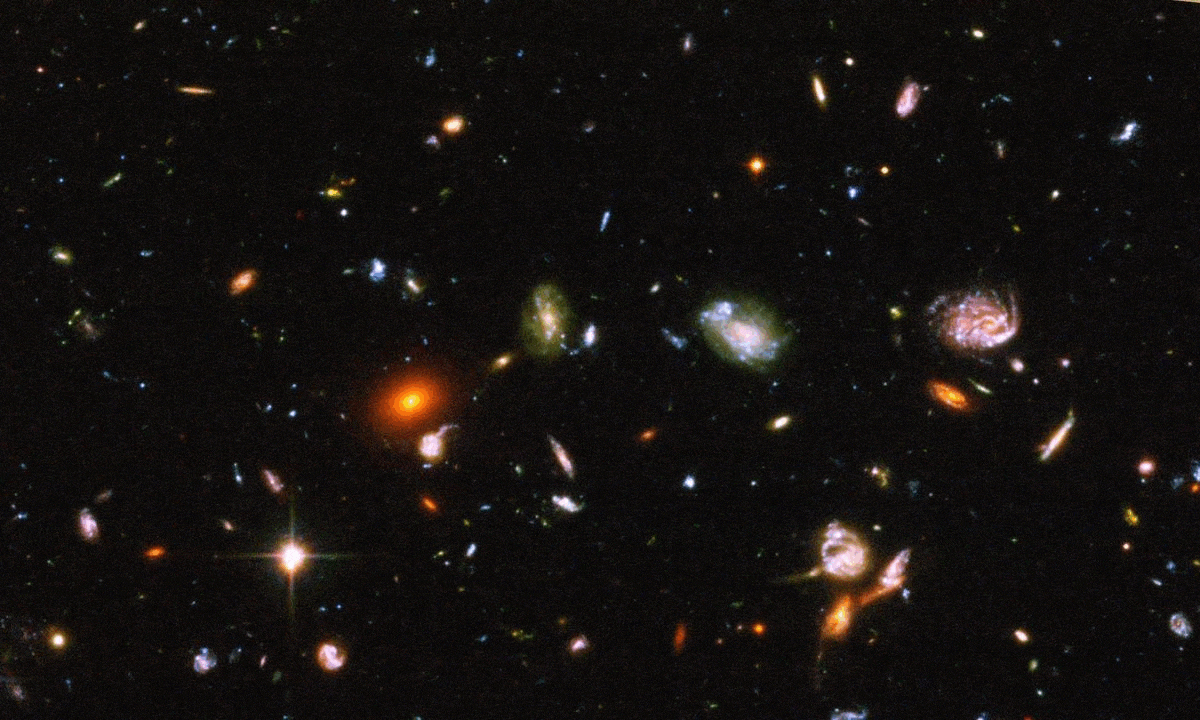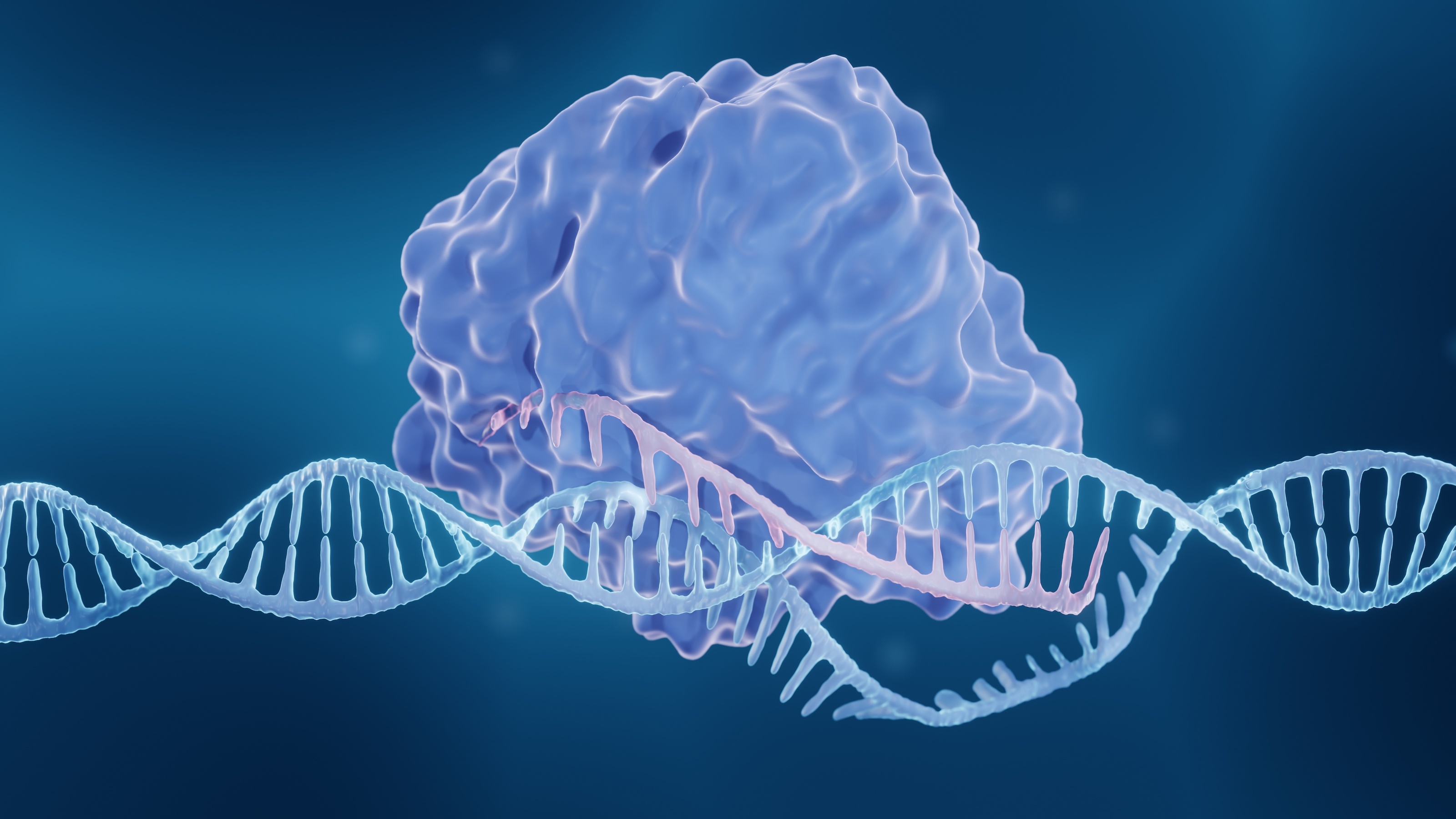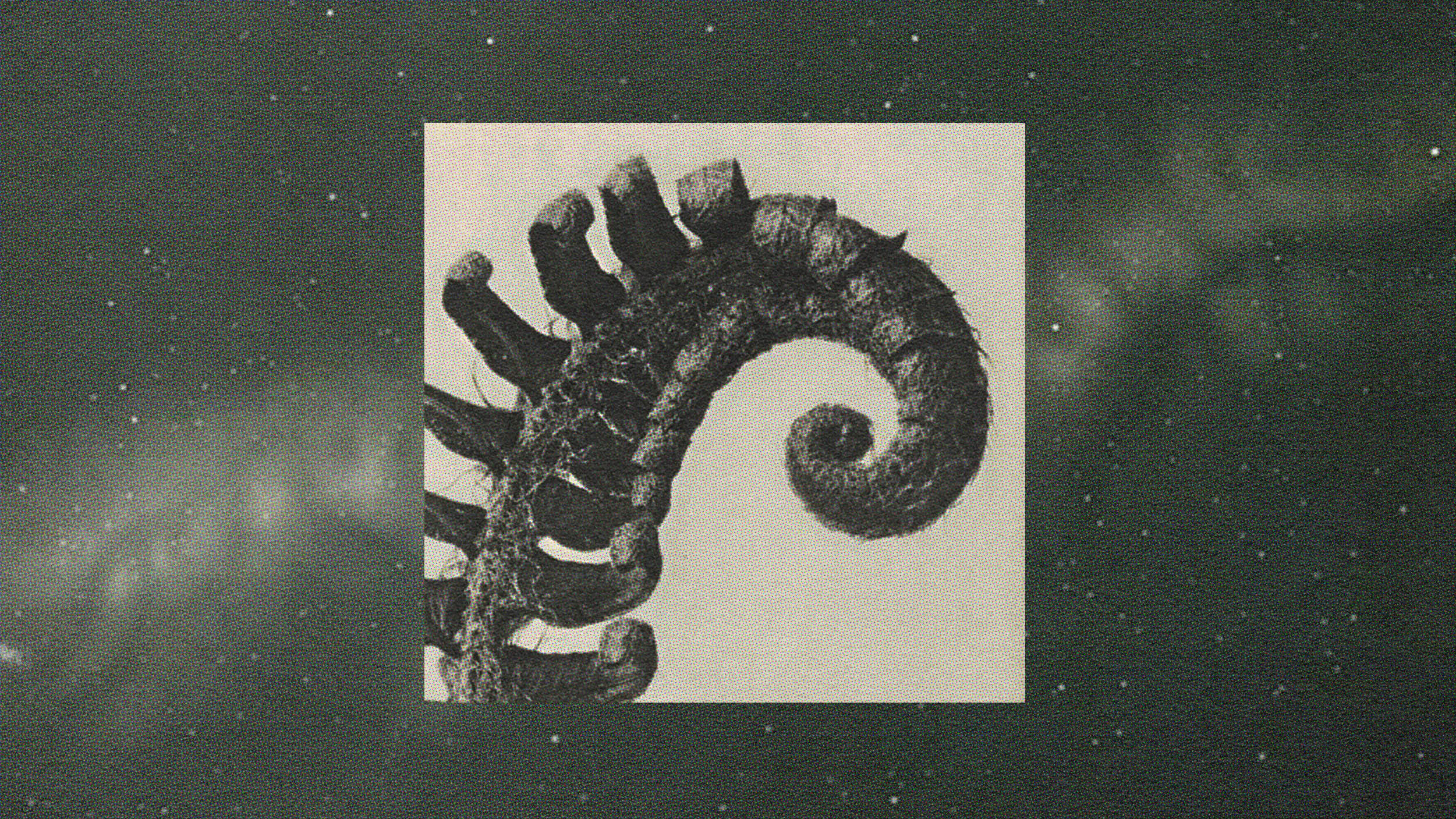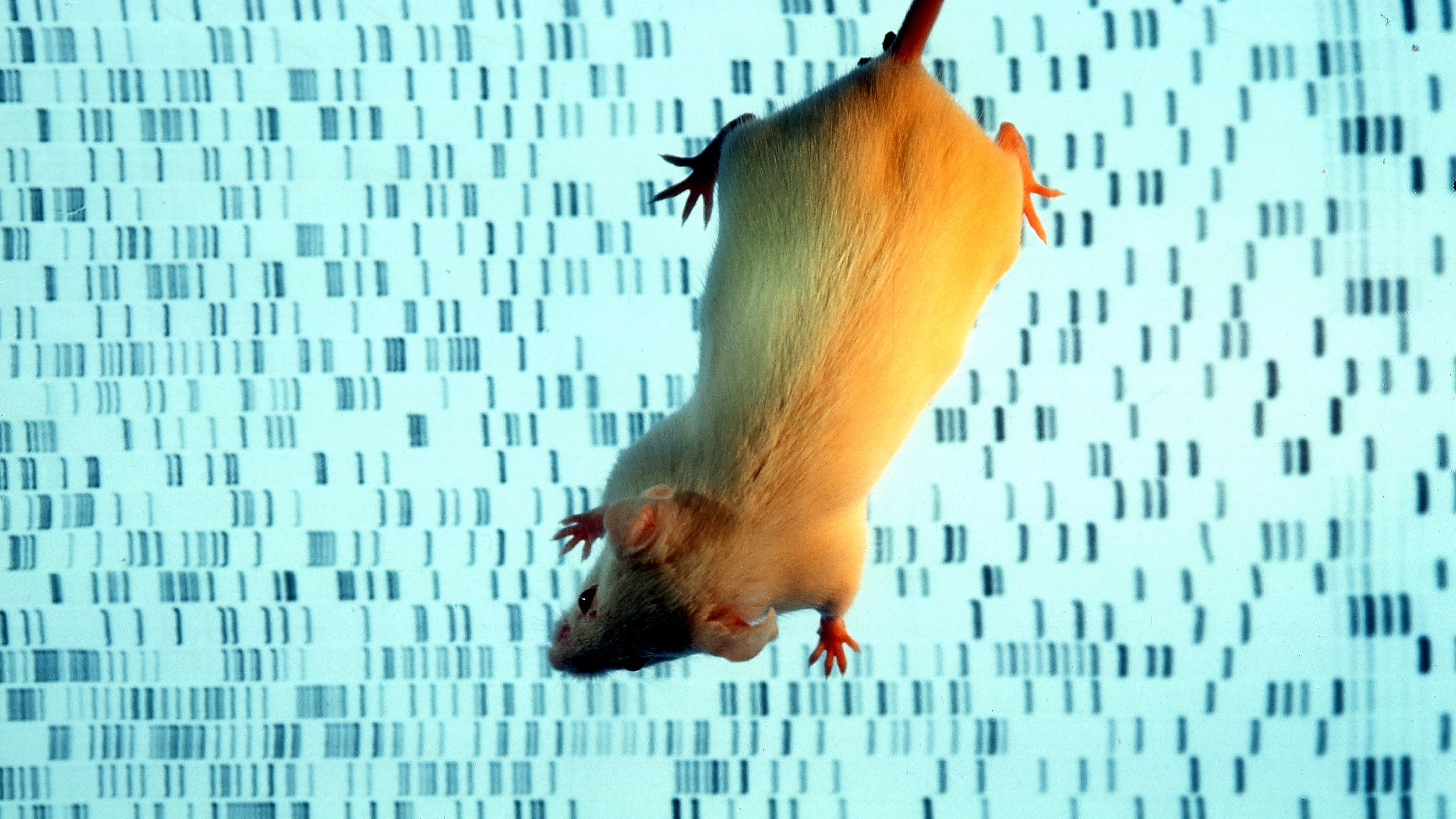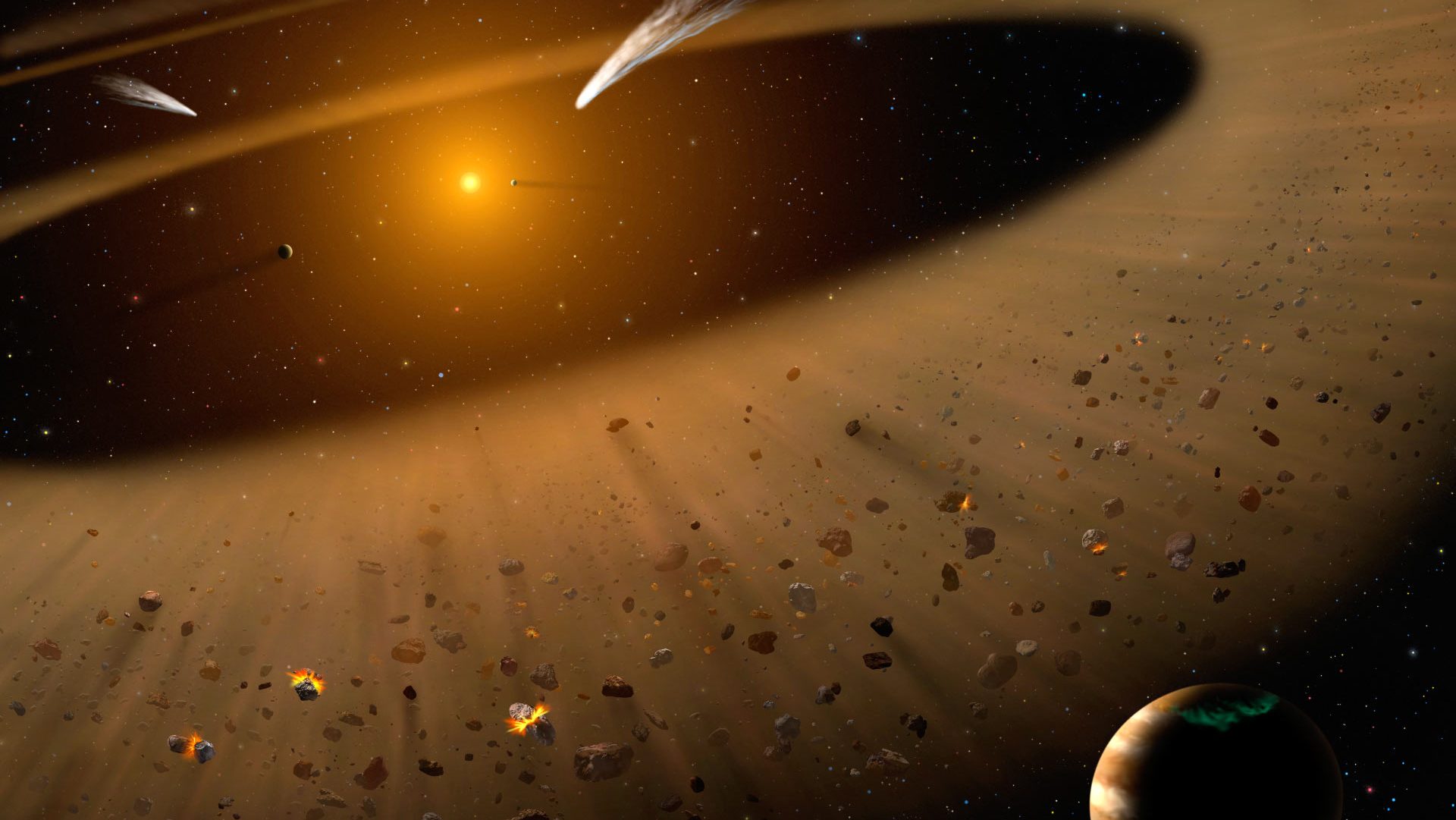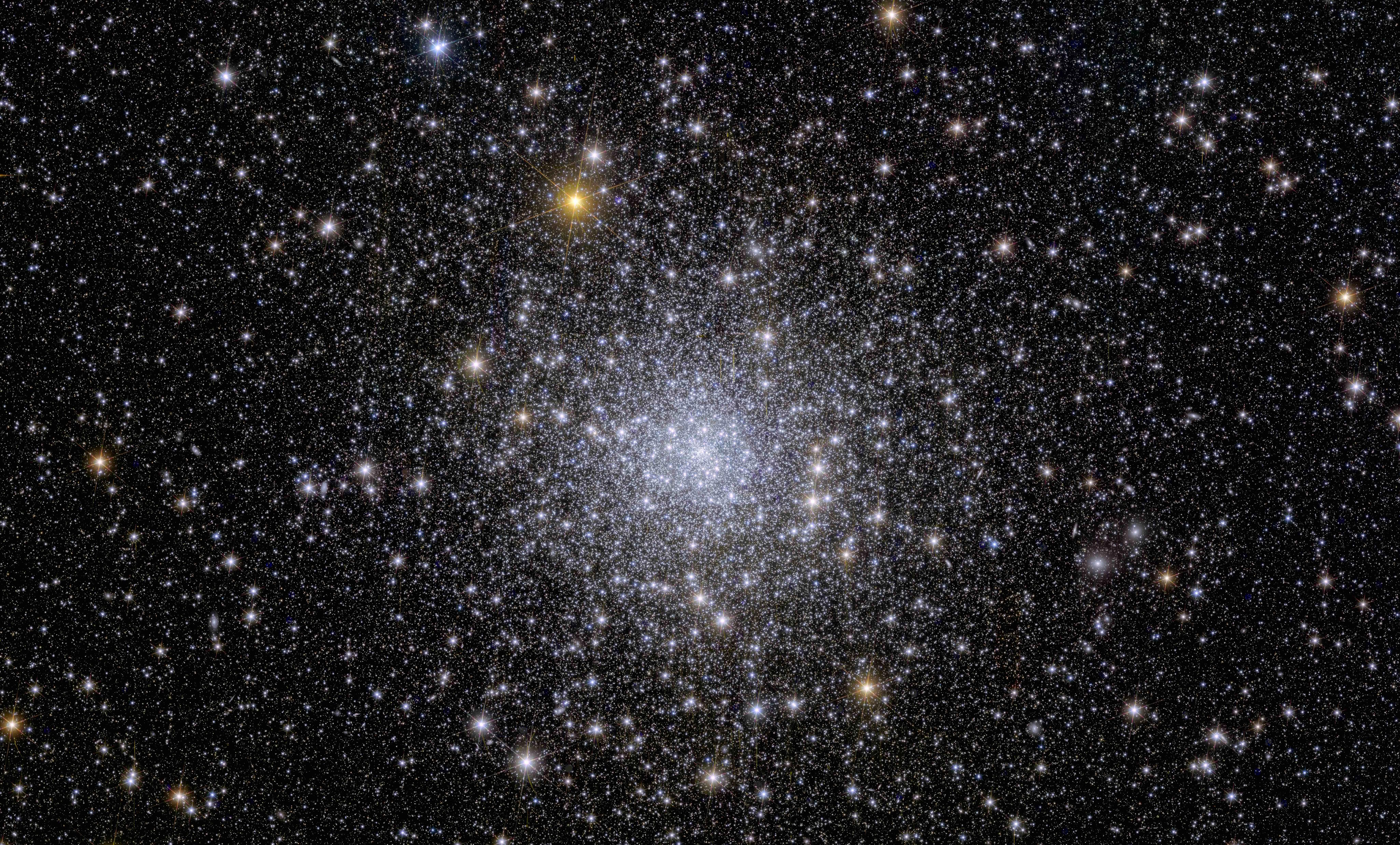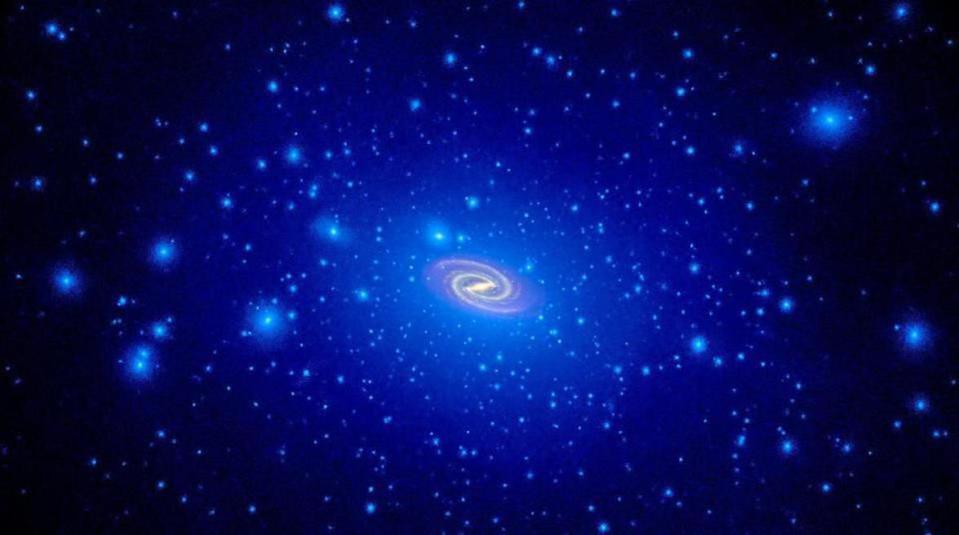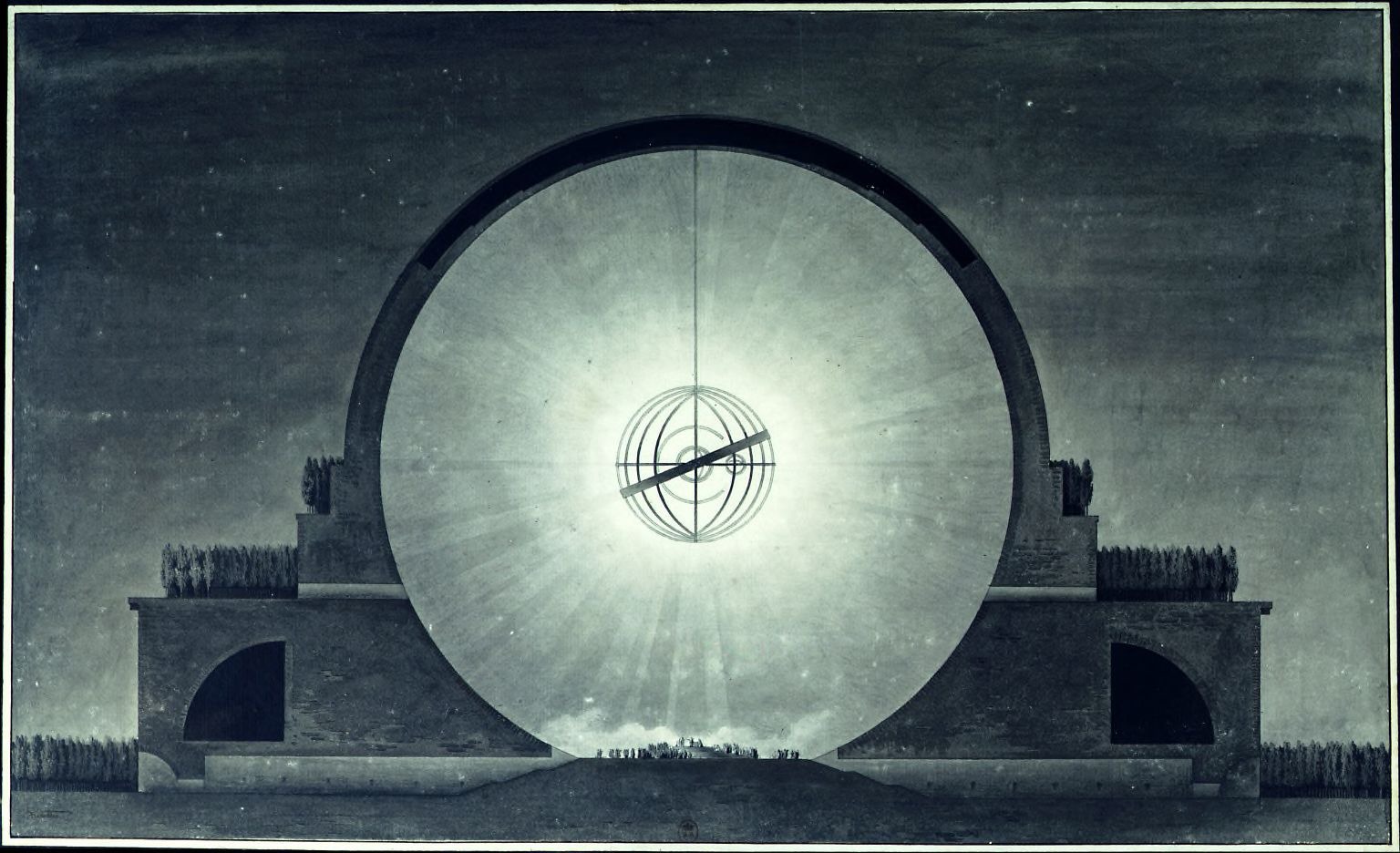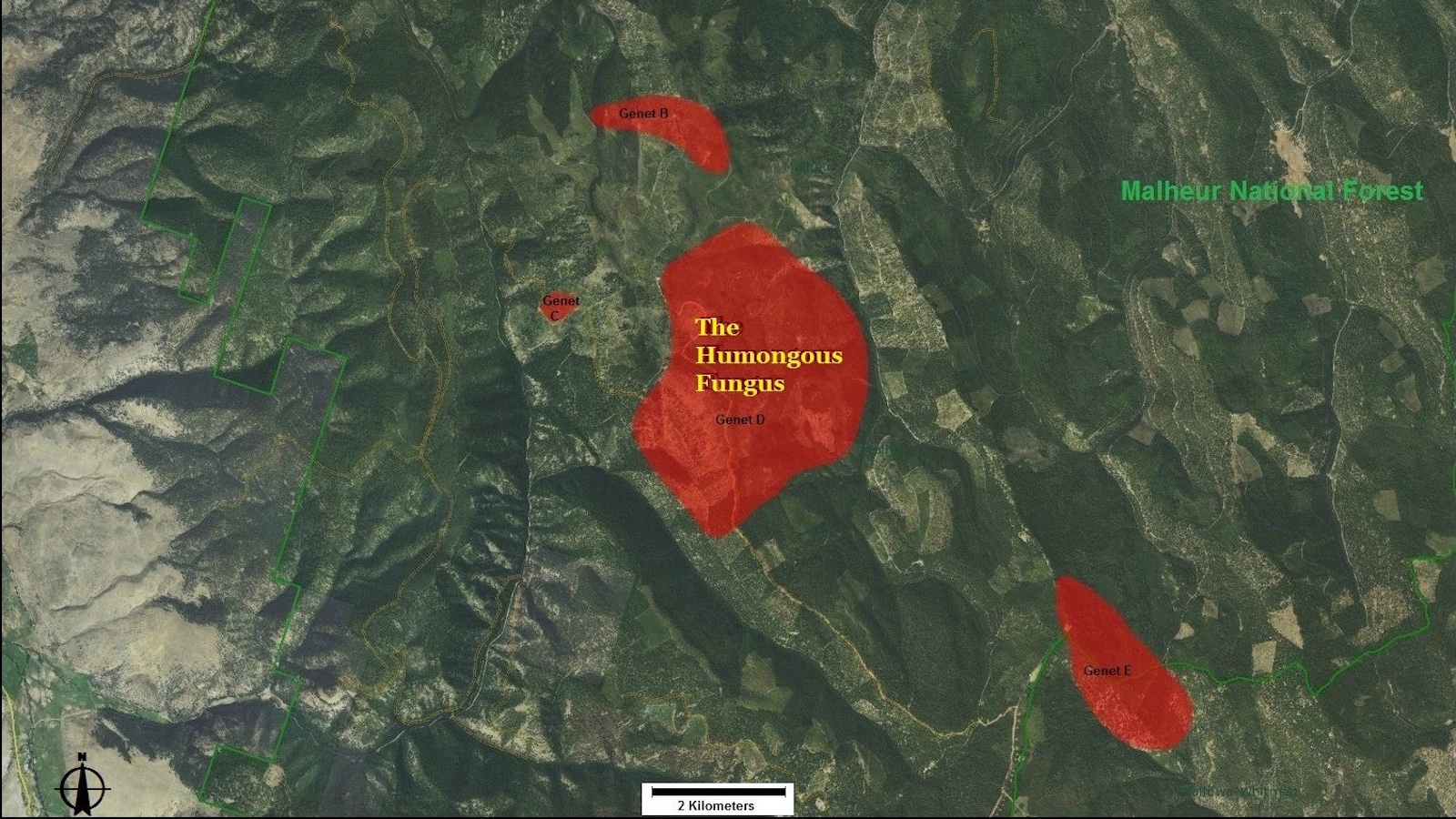Welcome to The Nightcrawler — a weekly newsletter from Eric Markowitz covering tech, innovation, and long-term thinking.
Search Results
You searched for: Structure
Here’s what recent DESI measurements suggest — and why it’s too early to update conventional predictions about the Universe’s distant future.
It’s good to be a wallflower. But sometimes, you need to show yourself off a bit.
Aiming to unlock the secrets of his unconscious mind, Jung experimented with intensive daydreaming.
The DUNE project will beam tiny neutrinos across vast distances. But the first step involved moving a heavier material: 1 million tons of rock.
AI, anxiety, and emotional intelligence are on learners’ minds as they prepare to tackle the new year.
First derived by Emmy Noether, for every symmetry a theory possesses, there’s an associated conserved quantity. Here’s the profound link.
This research team is working out how to detect extraterrestrial cells in the liquid water ocean hidden beneath Enceladus’s icy crust.
Upskilling all managers and leaders is imperative if we are to solve the global challenge of poor management.
4 things you should consider before launching your next global learning program.
Recent claims put LK-99 as the first room temperature, ambient pressure superconductor ever. Has the game changed, or is it merely hype?
We need a hypothesis that accounts for both the fine-tuning of physics for life but also the arbitrariness and gratuitous suffering we find in the world.
The “little red dots” were touted as being too massive, too early, for cosmology to explain. With new knowledge, everything adds up.
Once activated, the CRISPR-Cas12a2 system goes on a rampage, chopping up DNA and RNA indiscriminately, causing cell death.
Desire is like a drug. But is an addict always an addict?
Evolution repeatedly hit upon this solution simply because it works.
In “Life As No One Knows It,” Sara Imari Walker explains why the key distinction between life and other kinds of “things” is how life uses information.
The study is a solid step toward developing gene therapies against neurodevelopmental disorders.
Dark matter’s hallmark is that it gravitates, but shows no sign of interacting under any other force. Does that mean we’ll never detect it?
The surface and atmosphere is colored by ferric oxides. Beneath a very thin layer, mere millimeters deep in places, it’s not red anymore.
Straddling the bounds of science and religion, Newton wondered who set the planets in motion. Astrophysics reveals the answer.
A crowdsourced “final exam” for AI promises to test LLMs like never before. Here’s how the idea, and its implementation, dooms us to fail.
Sometimes, going “deeper” doesn’t reveal the answers you seek. By viewing more Universe with better precision, ESA’s Euclid mission shines.
There’s an extra source of massive “stuff” in our Universe beyond what gravitation and normal matter can explain. Could light be the answer?
An unexpected ancient manufacturing strategy may hold the key to designing concrete that lasts for millennia.
From the Palace of the Soviets to The Illinois, these unmade buildings would have taken the art of architecture to whole new heights.
The Kalam cosmological argument asserts that everything that exists must have a cause, and the “first” cause must be God. Is that valid?
A member of a species that kills trees, this mushroom is not the first to be called the Humongous Fungus — and perhaps not the last.
The passage of time is something we all experience, as it takes us from one moment to the next. But could it all just be an illusion?
